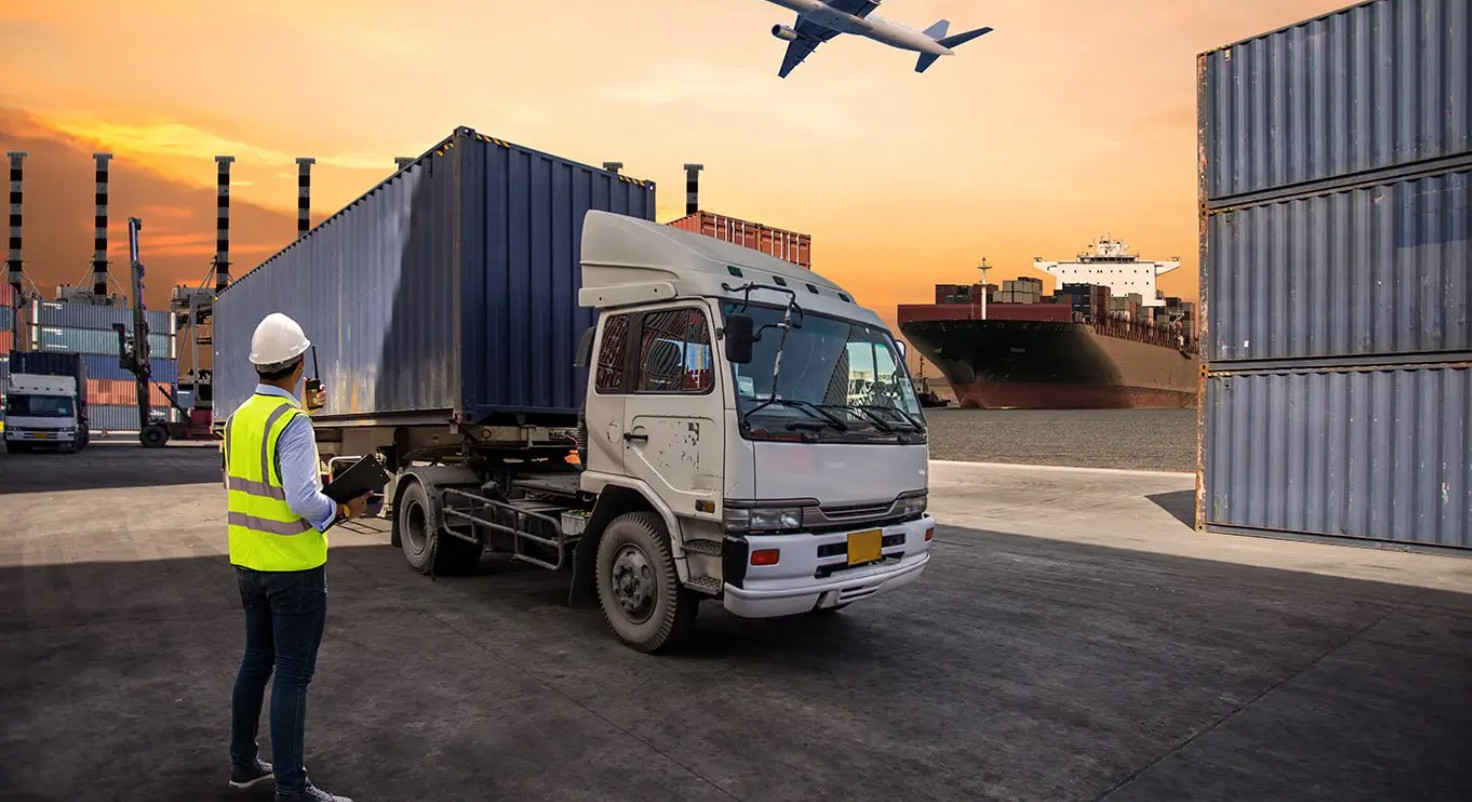Discover industry-specific solutions and expertise.
Solve your toughest A&D challenges with Belcan.
Ignite peak performance and efficiency in your business.
Reimagine your manufacturing competitive advantage.
Accelerate growth with customer-focused solutions.
Our data and AI solutions align with your business outcomes and create impactful results.
Personalize learning experiences with education tech and IT solutions—and make learners feel valued.
Create strategies for product, service and process innovation that deliver new growth.
Meet customer demands for a digital, personalized online insurance experience—while reducing risk.
Digitally transform to empower a more intelligent, agile and high-performing enterprise.
Make business decisions based on real-time contextual data with our digital solutions.
Stay ahead of the competition with the latest tech like IoT, machine learning and blockchain.
Deep industry expertise to propel your business into the future.
Explore Belcan’s flexible, custom-tailored solutions.
Solution to turn isolated AI pilots into production-grade agent networks.
Put AI to work and turn opportunity into value.
Accelerate time to value for industrial edge AI.
Maintain high integrity across the AI lifecycle.
Realize the next frontier of enterprise performance.
Enhance operations, boost efficiency, remove technical debt and modernize apps for the future.
Boost operational efficiency, optimize costs and speed product development.
Transform operations through intelligent orchestration, platform integration and strategic partnerships.
Enable a more secure and value-centered business with proven next-gen solutions.
AI insights to inspire enterprise transformation.
Set your modernization up for success with a flywheel strategy.
Develop the technical capabilities needed to create robust agents.
Bridge the gap between strong AI leadership and business readiness.
Explore the latest in AI in our newsletter released bimonthly.
Dive into our forward-thinking research and uncover new tech and industry trends
Explore the top focus areas that are important to Cognizant and our clients.
Explore how our expertise can help you sense opportunities sooner and outpace change.
Discover industry-specific solutions and expertise.
Solve your toughest A&D challenges with Belcan.
Ignite peak performance and efficiency in your business.
Reimagine your manufacturing competitive advantage.
Accelerate growth with customer-focused solutions.
Our data and AI solutions align with your business outcomes and create impactful results.
Personalize learning experiences with education tech and IT solutions—and make learners feel valued.
Create strategies for product, service and process innovation that deliver new growth.
Meet customer demands for a digital, personalized online insurance experience—while reducing risk.
Digitally transform to empower a more intelligent, agile and high-performing enterprise.
Make business decisions based on real-time contextual data with our digital solutions.
Stay ahead of the competition with the latest tech like IoT, machine learning and blockchain.
Deep industry expertise to propel your business into the future.
Explore Belcan’s flexible, custom-tailored solutions.
Solution to turn isolated AI pilots into production-grade agent networks.
Put AI to work and turn opportunity into value.
Accelerate time to value for industrial edge AI.
Maintain high integrity across the AI lifecycle.
Realize the next frontier of enterprise performance.
Solution to turn isolated AI pilots into production-grade agent networks.
Enhance operations, boost efficiency, remove technical debt and modernize apps for the future.
Connect your processes, people and insights across the enterprise with AI-enabled IPA.
Turn big visions into practical realities with expertise that takes you further.
Boost operational efficiency, optimize costs and speed product development.
Transform operations through intelligent orchestration, platform integration and strategic partnerships.
Enable a more secure and value-centered business with proven next-gen solutions.
Build the software of tomorrow at speed with a focus on business impact.
AI insights to inspire enterprise transformation.
Set your modernization up for success with a flywheel strategy.
Develop the technical capabilities needed to create robust agents.
Bridge the gap between strong AI leadership and business readiness.
Explore the latest in AI in our newsletter released bimonthly.
Keep up with the trends shaping the future of business—and stay ahead in a fast-changing world.
Dive into our forward-thinking research and uncover new tech and industry trends
Explore the top focus areas that are important to Cognizant and our clients.
Explore how our expertise can help you sense opportunities sooner and outpace change.
Written by Jeroen Caré & Jeremy Vanhoegaerden
09 May, 2022

Share
7 mins
In recent years the transportation and logistics industry has become increasingly customer-centric, offering customers transparency in the supply chain with on-demand delivery and tracking options. All of which is possible due to effective data strategies that empower transportation and logistics organizations to deliver hyper-personalized services. But is it possible for transportation and logistics organizations to further utilize their data strategy to increase their competitive advantage in the market?
As there are almost no switching costs for customers, it is vital that transportation and logistics organizations find a way to create carrier loyalty. While technology has already revolutionized the way the industry operates, with carriers using hyper-personalization, customer as a partner, and pay-as-you-go models, there is still room for improvement. Organizations that implement a digital transformation and change management program can help differentiate themselves from their competition. These differentiations can include increased sustainability, faster last mile deliveries, optimized operations that notify customers of delivery windows, and a smoother omnichannel experience across multiple touchpoints.
Other external drivers for data transformation include:
Data has always been an invaluable resource in business, but organizations have always found it challenging to unlock that value due to the high volume of data and the challenges associated with gathering, organizing and activating it.
The volume of data that exists and is available to organizations is increasing quickly. In fact, 90% of the data in the world today only became available in the last two years. This rapid growth in the volume of data has increased the challenge of managing that data, amplifying the need for a data strategy. Developing this data strategy is one way that organizations can overcome these challenges and access the value of their data while efficiently using their resources.

When it comes to integrating a data strategy into a business strategy, there are several challenges holding organizations back. These include:
Being data-driven requires an organization to base its strategic business decisions on data analysis and interpretation. This data-driven approach can enable organizations to utilize data with the goal of improving their processes, product portfolio, customer service and quality. A strategy which is focused directly on business outcomes, combined with the presence of a cloud infrastructure can help achieve this target.
Some approaches that transportation and logistics organizations can use to become even more data-driven include:
As we have seen, the transportation and logistics sector has led the way in utilizing data to deliver a better customer experience. The challenge for the sector is now to introduce data strategies into their business strategies that empower improved business outcomes and support organizations to obtain a competitive advantage in their market.
Is your organization ready to fully benefit from the potential of integrated data strategies? Learn more about how MLOps can play an important role in staying relevant and seizing business opportunities in the future.

